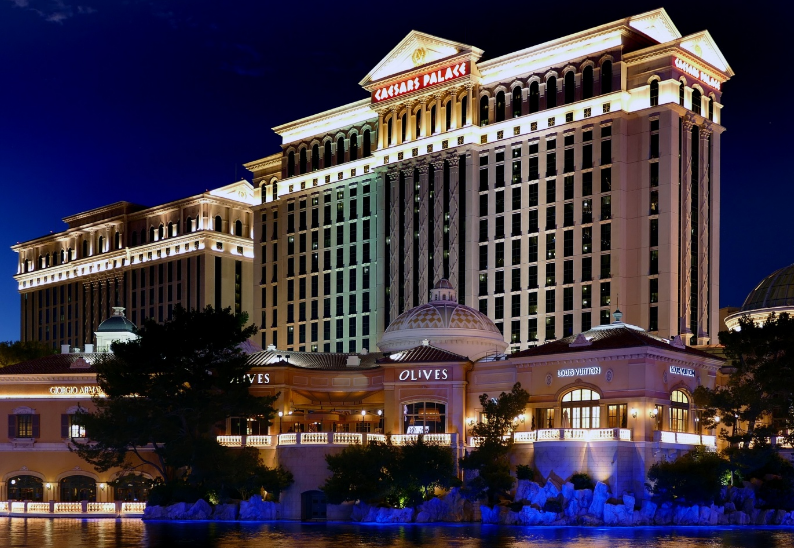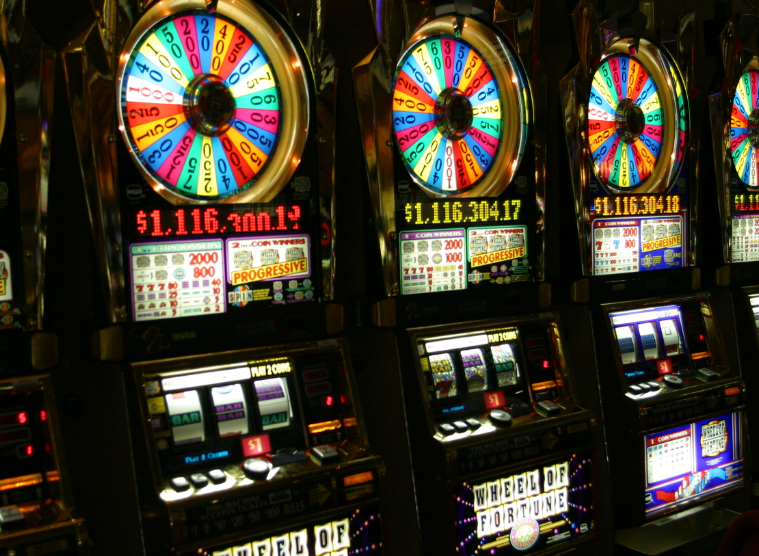VICI Properties just struck a massive $1.16 billion deal to buy seven Nevada casinos from Golden Entertainment, shaking up the gaming world with a 41% premium for shareholders. This bold move expands VICI’s Las Vegas empire, but what does it mean for investors and the casino scene? Dive in to uncover the details that could reshape the industry.
Golden Entertainment shareholders are in for a sweet payout under this agreement. They’ll receive $30 per share in total value, split between 0.902 shares of VICI common stock for the real estate side and $2.75 in cash from Blake Sartini, Golden’s key figure. This setup values the deal at a hefty 41% premium over Golden’s closing price on November 5, 2025.
The transaction is set up as a sale-leaseback, where VICI grabs the land and buildings, and a new entity tied to Sartini handles operations under a long-term lease. Golden plans to keep paying its quarterly dividend of $0.25 per share until the deal closes, expected by mid-2026.
This isn’t just a quick flip. It involves seven casino properties across Nevada, boosting VICI’s presence in the bustling Las Vegas locals market.
Experts say this premium reflects strong confidence in the assets’ future earnings. For everyday investors, it means potential gains if they hold Golden stock now.
Why This Move Matters for Gaming Giants
VICI Properties, a real estate investment trust focused on gaming, is flexing its muscles with this acquisition. By adding these casinos, VICI expands its portfolio to include more high-traffic spots in Nevada, home to about 5,600 slot machines, 80 table games, and 6,000 hotel rooms from Golden’s operations.
Blake Sartini, Golden’s founder and CEO, plays a central role. He’s forming Argento LLC to buy the operating assets, ensuring continuity while VICI handles the property side.
This deal comes at a time when the gaming industry is bouncing back strong post-pandemic. Visitor numbers in Las Vegas hit record highs in 2024, and analysts predict steady growth through 2026.
For casino workers and local communities, it could mean job stability, as the lease agreement locks in operations for years.

Key Assets and Market Impact
The seven casinos in the deal include prime spots like those in the Las Vegas area, known for drawing locals and tourists alike.
Here’s a quick look at what VICI is getting:
- Land and buildings for casinos with thousands of slots and tables.
- Properties that generate solid revenue from gaming and hospitality.
- A triple-net master lease that puts maintenance costs on the operator, not VICI.
This structure minimizes risk for VICI while promising steady rental income.
Market watchers are buzzing. Golden’s stock surged 40% on the news, trading above its 200-day moving average for the first time since July 2025. That jump shows investor excitement, but it also highlights volatility in gaming stocks.
In broader terms, this acquisition could spark more consolidation in the sector. Smaller operators like Golden might seek similar partnerships to unlock value without losing control.
One analyst from Texas Capital noted the deal’s premium as a sign of undervalued assets in Nevada’s market. Golden has been streamlining its portfolio, selling non-core assets in recent years to focus on high performers.
Challenges and Future Outlook
No deal is without hurdles. Regulatory approvals are needed, and there’s a go-shop period until December 5, 2025, where Golden can entertain better offers. That adds a layer of uncertainty.
Closing by mid-2026 depends on stockholder votes and antitrust clearances. If things go south, termination fees could apply, but both sides seem committed.
For VICI, this fits a pattern of growth. The company has snapped up properties from big names before, building a $40 billion-plus empire in gaming real estate.
Investors should watch how this affects dividends and stock performance. Golden’s continued payouts provide a buffer, but the real win comes from VICI’s stable yields.
This transaction highlights a trend: real estate trusts are increasingly separating property from operations to maximize value. It’s a smart play in an industry where location is everything.
The gaming world just got more exciting with VICI’s $1.16 billion grab of Golden Entertainment’s casinos, offering shareholders a 41% premium and promising growth in Nevada’s hot market. As a journalist who’s covered deals like this for decades, I see it as a win for strategic players, but it raises questions about industry consolidation’s impact on smaller towns and workers.








